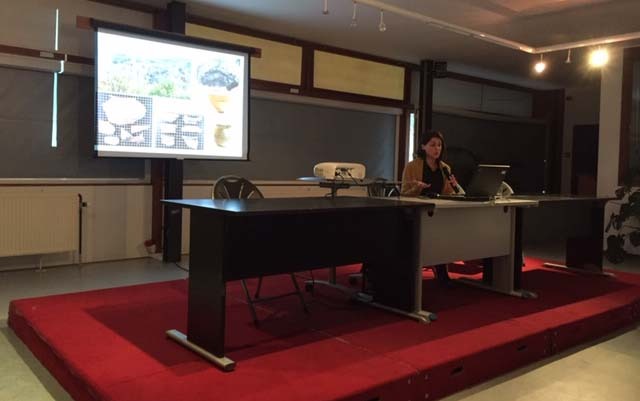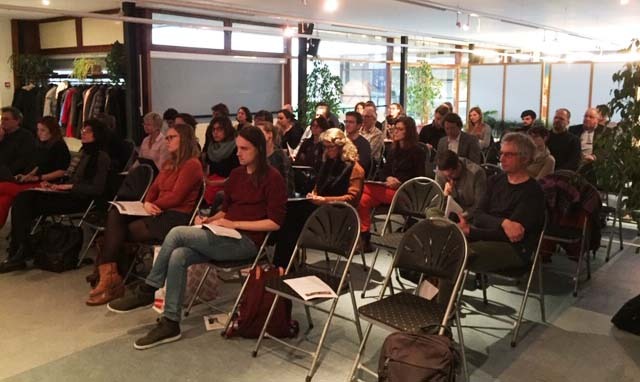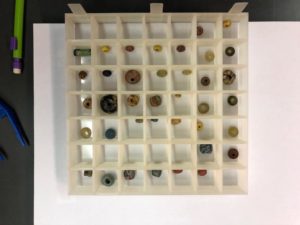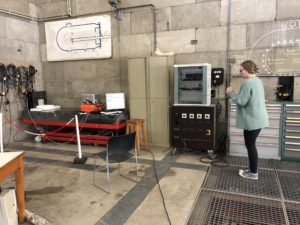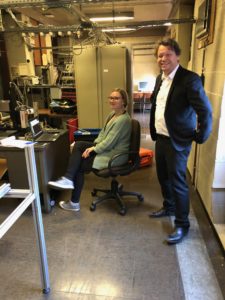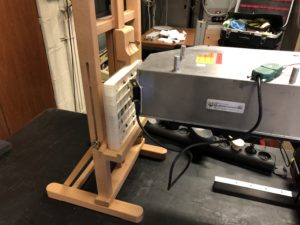On February 28th and March 21st the entire Rural Riches team attended a conference in the town of Huy (Belgium), located along the river Meuse. Several excavations in Huy have uncovered evidence for craft activities, indicating that the town was a significant center for early medieval production. Over the course of the Merovingian period, all major artisanal crafts were practiced here, including the production of pottery, glass, iron, copper alloy, bone and antler.
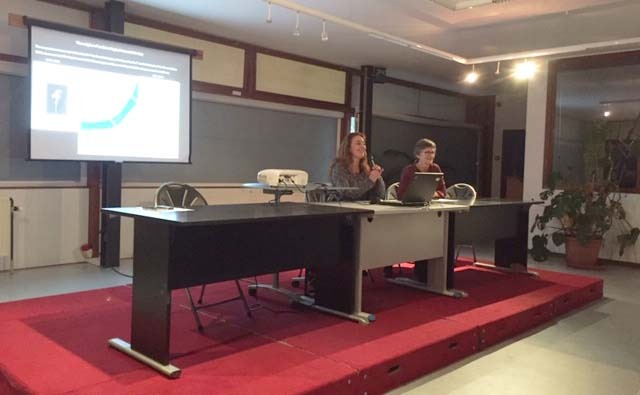
The conference was organised by Catherine Péters and Sophie de Bernardy de Sigoyer from the AWaP (l’Agence wallonne du Patrimoine), in cooperation with Line van Wersch from the Rural Riches project. It was attended by archaeologists, material specialists, historians and other researchers from Wallonia and beyond. Rural Riches team members Frans Theuws and Martine van Haperen presented a general introduction to the RR project and an inter-regional perspective on the production from Huy. Line van Wersch presented the results of her studies on the pottery production sites from Huy.
The craft center in Huy will be a central case study for the Rural Riches project, in our research on the modus operandi of Merovingian artisans. We are grateful for the generous spirit of the AWaP in allowing us to work with this material, which is currently still partially unpublished.
